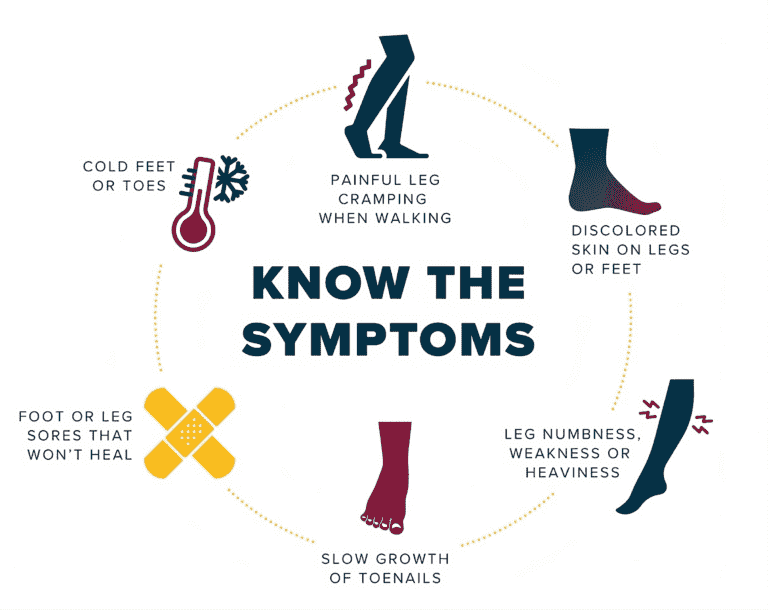Take control of vascular health!
Book Your Appointment Now!
Vascular appointments are crucial for diagnosing and managing various circulatory conditions. During your appointment, a specialist will assess your symptoms, perform necessary tests, and create a personalized treatment plan to improve your vascular health.
Premier Vascular Yonkers
-
- 1 (718) 701-8181
- info@premiervascularny.com
- Hours: Mon - Fri 9AM - 5:00 PM
Premier Vascular Bronx
-
4256 Bronx Blvd
Bronx N.Y 10466 - 1 (718) 701-8181
- info@premiervascularny.com
- Hours: Mon - Fri 9AM - 5:00 PM
Premier Vascular Queens
-
37-12 92nd St 2nd Floor
Queens, NY 11372 - 1 (718) 701-8181
- info@premiervascularny.com
- Hours: Mon - Fri 9AM - 5:00 PM
Premier Vascular Brooklyn
-
8200 Bay Parkway
Brooklyn N.Y 11214 - 1 (718) 701-8181
- info@premiervascularny.com
- Hours: Mon - Fri 9AM - 5:00 PM

